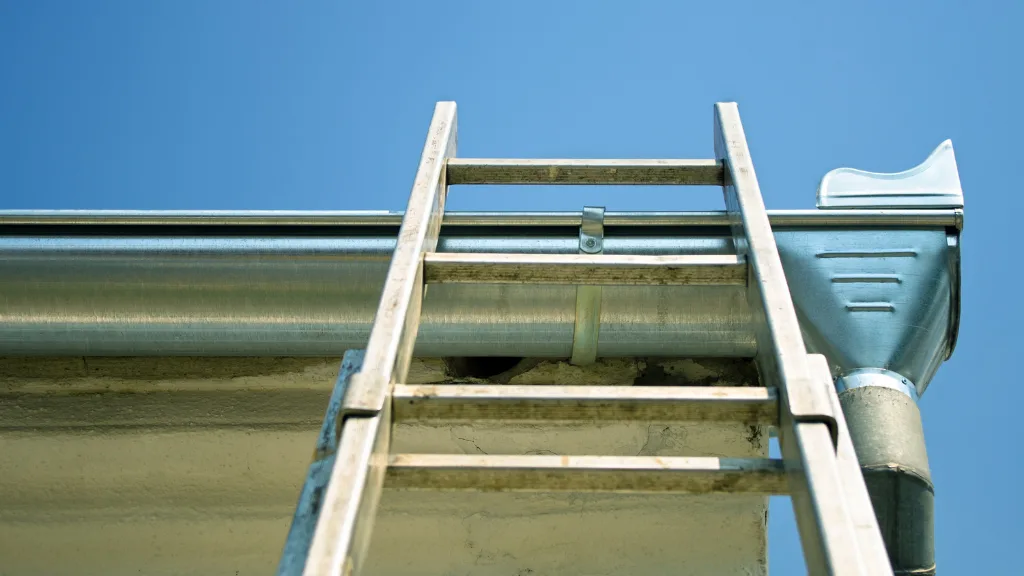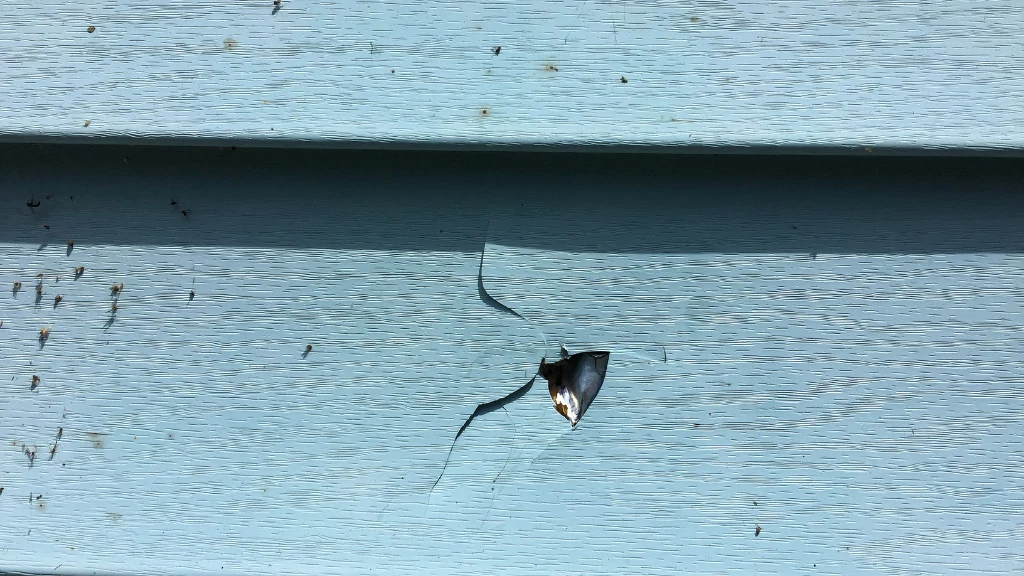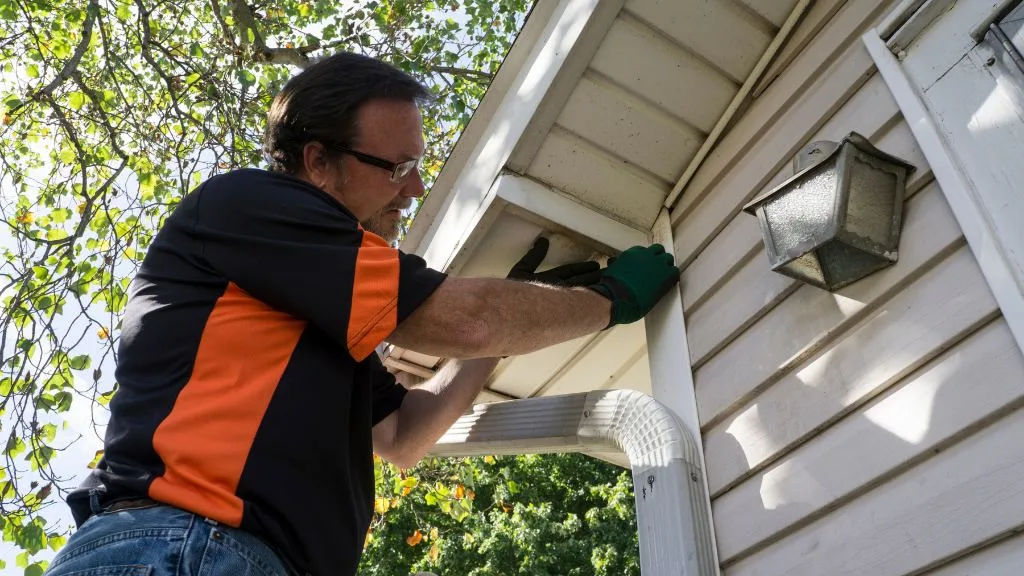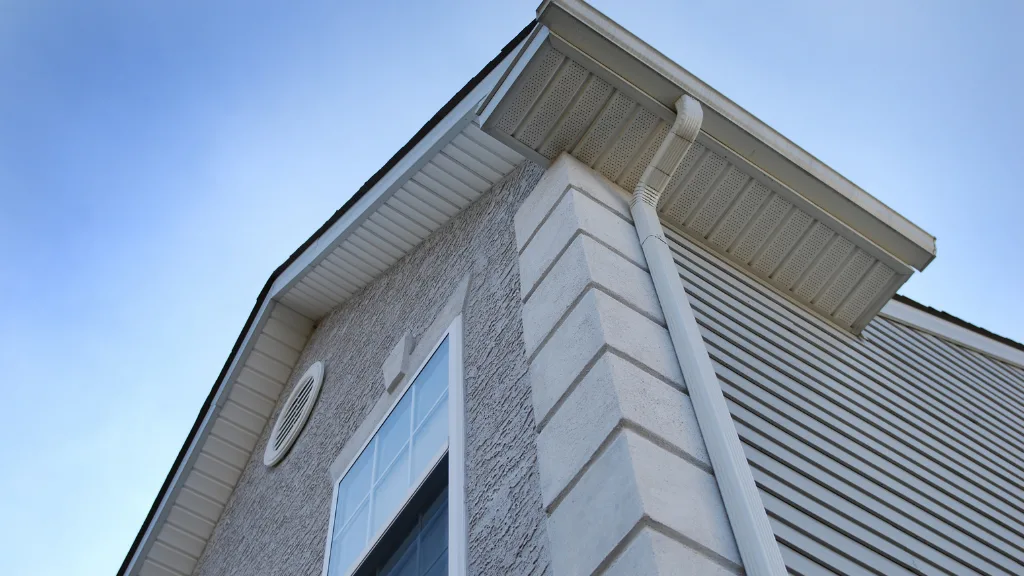
When it comes to exterior home repairs, many people think of siding as a simple task. However, warped siding is a common problem that can lead to costly repairs or replacements in the future.
- What Are the Different Types of Sidings?
- What Do You Need to Inspect Your Home's Sidings?
- What Should You Do When Inspecting Your Homes' Sidings?
- What Does Warped Siding Look Like?
- Where Should You Start When Inspecting Your Homes' Sidings?
- What Are the Different Causes of Warped Siding?
- What Are Some Steps for Preventing Warped Siding?
- Step by Step Guide in Repairing Warped Siding
- Other Different Ways to Fix Warped Siding
- What Thickness of Wood Filler Should You Use to Fix Warped Siding?
- How Do You Clean Wood Filler Off of Your Home's Sidings?
- How Long Does It Take Wood Filler to Dry on Warped Siding?
- Final Thought
In order to prevent this from happening and ensure you retain your original appearance for years down the road, there are several steps homeowners should take when inspecting their homes’ sidings.
What Are the Different Types of Sidings?
- Vinyl Siding
- Aluminum Siding
- Wood siding
Vinyl, aluminum and wood sidings are three of the most commonly used materials for exterior home projects.
Each has its benefits over others in certain situations but homeowners should always consider their climate when making a decision between them because one may work well in colder climates while another stands up to heat and humidity better.
What Do You Need to Inspect Your Home’s Sidings?
- A ruler or tape measure
- A ladder or step stool
- Flashlight
In order to properly inspect your home’s sidings, you will need a ruler or tape measure as well as the appropriate tools for climbing up and down ladders safely.
Make sure that you check both sides of each siding panel because warped panels on only one side could be an indication of something more serious.
If you believe your siding has warped, even if it is not very noticeable yet, consult a professional before moving forward with repairs because this could be an indication that there are other issues present in the home’s exterior such as wood rot or termite damage.
What Should You Do When Inspecting Your Homes’ Sidings?
- Check for cracking or splitting along the seams
- Check for warping
- Look for missing or loose pieces of siding along the bottom edge
Look out for bubbling, peeling paint and other signs of moisture damage caused by water infiltration.
Even small cracks can be indicators that there is a larger problem present so it’s important to pay attention to these details when inspecting your homes’ sidings.
When checking for any visible signs of damage, make sure to shine your flashlight along the seams of each panel. This will help you to see any signs of water damage that may be present.
Some warped siding panels may be an indication that your home’s exterior requires more extensive inspection for damage.
This can also include checking the overall condition of wood trim, flashing and other components around each panel to ensure there are no signs of water infiltration or rot present.

What Does Warped Siding Look Like?
- Uneven Siding Boards
- Sagging in Middle Areas – Warped Board Inwards
- Gaps Between Boards – Warped Board Outwards
- Buckling or Cracking in Siding Boards
Where Should You Start When Inspecting Your Homes’ Sidings?
When inspecting a home’s exterior, homeowners should always begin with the roofline because this is where water damage often begins.
Once you have determined that there are no visible signs of damage present, examine each siding panel for any signs of cracking or splitting.
If you do happen to spot any signs of damage, shine your flashlight along the seams that are present between each panel.
This will allow you to check for water infiltration on both sides of the panels which is often an indicator that there may be rot or other issues within the wood siding itself.
What Are the Different Causes of Warped Siding?
In order to prevent warping on exterior siding, homeowners must first understand the root of the issue and what causes it in the first place. the following are some of the causes:
- Being exposed to excess moisture over a long period of time.
- Improper installation methods, which are preventable with proper training and hiring reputable contractors who know the business well. Ensuring they have all necessary tools for installing sidings properly is essential too!
- Improper ventilation that results in moisture retention.
- Harsh weather conditions that can cause warping over time.
Wind Damage
High winds can cause shingles to blow off roofs and hit sidings. This warps them in the direction that they blow, which is usually upwards or outward.
The lower section takes on more stress than above it so it may warp inward, while the upper section is still under stress so it may pull away or warp upwards.
Storm Damage
When there are storms, siding boards take on extra stress due to the high winds and rain.
If not inspected for these problems they can warp in all kinds of directions including sideways, inward towards the house or outwards away from the house.
What Are Some Steps for Preventing Warped Siding?
When it comes to preventing warped siding, there are a few simple steps that you can take:
- Make sure trees are well trimmed so they don’t rub against your home’s exterior.
- Examine the roofline at least once a year to check for loose or missing shingles and other signs of wear and water damage.
- Check gutters on a regular basis, especially after storms.
- If you notice any dirt build up or the gutters are filled with leaves, you should clean them out so that they can properly divert rainwater away from your home’s exterior.
Step by Step Guide in Repairing Warped Siding
There are several steps involved in repairing warped siding including:
Step 1: Make sure there is no rot present before starting repairs. If there is any rot present, the siding will need to be removed and replaced entirely
Step 2: After determining that there is no rot or damage on either side of warped panels, remove nails from one board at a time so you can reattach them in the opposite order.
This way if they ever warp again it won’t occur in the same direction. If screws were used originally, you should replace them with nails so they will be more secure
Step 3: Nails or screws need to be hammered in at an angle of around 45 degrees.
If the repairs are done correctly it shouldn’t cause boards to warp again as long as there is no rot present and water damage has been repaired along the seams between panels.
Step 4: When nailing boards, make sure to use galvanized nails that are at least two inches longer than the width of each board.
If you have white vinyl siding on your home it is recommended to replace all existing nails with screws so they don’t rust or cause damage to the siding.
Step 5: If warped boards are in a highly visible area, it is recommended to replace them with new ones rather than attempting to repair them.
This way you can ensure they won’t warp again and will look good as new for years to come!

Other Different Ways to Fix Warped Siding
- Wood Filler
- Sealing Cracks
- Vinyl Siding Repair Kit
In order to repair warped siding on your home’s exterior, homeowners will need wood filler, sealant for cracks and a vinyl siding repair kit.
First use your ruler or tape measure to determine the length of warped paneling on each wall then cut away any loose pieces that you can simply peel off with your hands before filling in the gaps left behind by warping panels with adhesive-backed wood filler.
Make sure that you apply this filler to both sides of each panel then use your ruler or tape measure again for a smooth, even appearance.
Finally, clean away any excess wood filler with warm water and allow the surface to dry completely before applying sealant over top in order to prevent future moisture problems from damaging warping panels once more.
Vinyl Siding Repair Kit- Vinyl siding repair kit is great for repairing warping panels fast! It has everything needed to make repairs.
All you need are some tools like a screwdriver and paintbrush (not included).
Sealing Cracks- Sealing cracks can help reduce the amount of water that gets under your vinyl siding, which will prevent it from warping.
It also makes your exterior look better and can help prevent further damage.
What Thickness of Wood Filler Should You Use to Fix Warped Siding?
- Use a gap-filling adhesive
- Use a standard strength formula
For small gaps or holes, homeowners can easily fill them in using gap filling adhesives.
However, for larger spaces, it’s important to opt for a regular strength formulation of this material because gap-filling formulas may not be sturdy enough to hold up warped siding panels.
How Do You Clean Wood Filler Off of Your Home’s Sidings?
Here are the materials you need to use in cleaning:
- Hot water
- Rubbing alcohol
- Vinegar and baking soda paste
First use warm water to remove excess fillers then wipe down the area with rubbing alcohol for a squeaky-clean appearance.
For more stubborn adhesive, you can also use vinegar and baking soda paste for a chemical-free way to clean your sidings’ exterior after repairs have been made.
How Long Does It Take Wood Filler to Dry on Warped Siding?
When using adhesive-backed wood fillers on your homes’ sidings, it is important that you allow this material plenty of time to dry properly so that it can hold up warped siding panels and prevent them from buckling once more.
Generally speaking, it is recommended that you allow one hour for the filler to dry but this will vary depending on the thickness of application.
You should also remember that allowing 24 hours for wood filler to completely cure and dry is ideal before exposing warped siding panels to moisture once more as it can ruin repairs made if these materials are not allowed enough time to set properly.
Final Thought
Hopefully, this article has been able to help you understand how warped siding can be repaired and prevented. It is important to know how and when you need to repair your sidings.
The process of repairing warped siding can be tricky but it doesn’t have to be if you are prepared with the right materials, tools, and knowledge.

